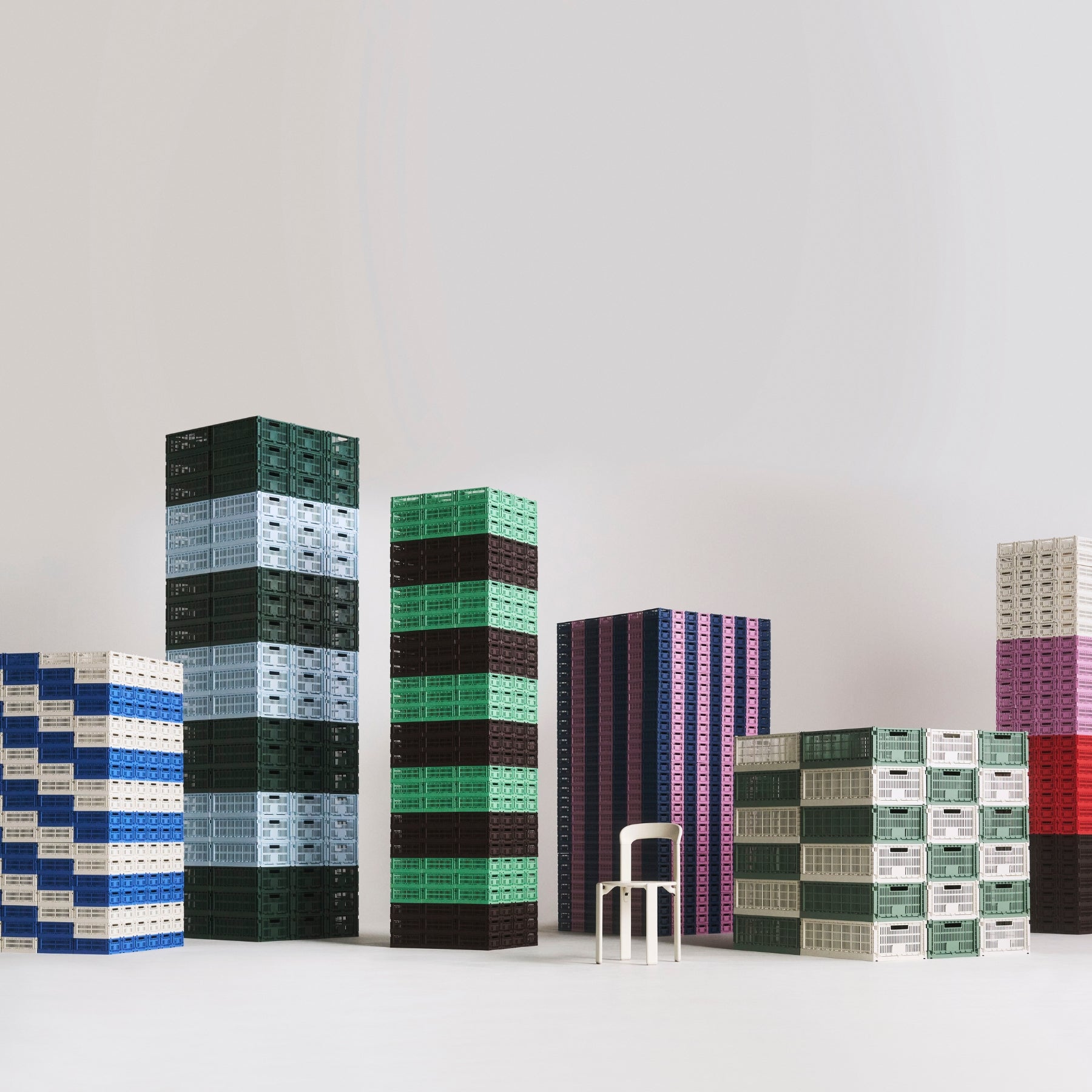Most people associate the word ‘industrial’ with things that are austere and severe, sleek, modern and distinctly masculine. Add the word decor on the end and suddenly it’s something much more aesthetically pleasing, like a trendy townhouse or a spacious studio apartment.
The industrial look was once reserved for urban, young professionals in highrises, or Silicon Valley-esque start-ups doing business out of converted warehouses. In recent times, however, it has been embraced by suburban families and residential architects alike, and it’s a design style that has begun to infiltrate even the humblest of abodes.
Similar to the minimalist style, an industrial decor is all about contemporary characteristics coexisting and complementing each other, such as mixed materials, neutral colours, strong yet simple shapes and functional furniture.
Read on to learn all about what you’d need to add a dash of industrial decor to your home…
1. Raw Materials
If you want to know what home decor done in an industrial style is like, think cosy, warehouse-chic. And when it comes to what materials to use, it’s all about the four R’s – robust, rough, raw and rustic.
Popular, natural building materials that can be used throughout the house include metal, wood, brass, copper, chrome, concrete, stainless steel, stone, marble, iron, leather and glass – and all are fairly low maintenance! Painting, wallpapering or covering these surfaces up is a no-no, and that’s part of what makes industrial interiors so unique.
Rooms might appear unfinished or unrendered, but they’ve actually been deliberately designed that way. Things that are uniform and pristine are often nowhere to be seen, instead replaced by character and texture, to give an otherwise stark style a homely touch.
Sparklingly new kitchen splashbacks are replaced by bare brickwork, smooth ceilings are bolstered by bulky exposed beams, and visible vents, air ducts, pipes and plumbing are all part of the plan.
2. Monochromatic Colours
A big feature of modern industrial interior design is a plain colour palette for walls, ceilings and floors. Basic but not bland. Muted but not mundane.
Various shades (and even gradients) of grey, white, cream, black, beige and brown are favoured, and can be broken up with gentle highlights of shiny gold, silver and rust, often in furniture, feature walls and trims or in artwork and picture frames peppered around the house.
Having a bit of both is a great way to ensure the rooms that are meant to be the most inviting – such as living rooms and bedrooms – don’t end up feeling like dark and dingy bunkers.

3. Sharp Silhouettes
Other distinctive design features of an industrial decor are clean, straight and angular lines. Imagine geometric and square shapes and compositions as three-dimensional: all blocks, boxes, borders and right angles.
Where a room starts and ends is often decided not by solid walls but by columns, supporting structures and framed, see-through room dividers. They have defined corners and edges, high ceilings and big glass windows.
Everything about these forms screams being sensible and utilitarian. It’s to let a lot of natural light in and brighten up the look and feel of a space. It’s to have a free-flowing, open plan environment that is conducive to communication and collaboration.
As with all design styles, there are no hard and fast “rules” as such, just recommendations. So, if it all sounds a little too strict or restricting for your taste, you can soften the sharpness with arched doorways, bedheads and windows, winding staircases and curved furniture.
4. No-Frills Furniture
When it comes to choosing furniture and homewares to put in an industrial style home, there are three main ways to go about it. 1) Choose items that will compliment the decor, 2) choose items that will contrast the decor, or 3) choose items that will compliment and contrast the decor.
Simply put, having furniture that blends in, stands out or does a bit or both is a good way to keep all interiors and decorations consistent throughout the home. Industrial interior design is ultimately all about being simple yet stylish, and making use of functionality focused furniture.
Occasional chairs are both useful and comfortable, but they will also add tactile texture and shape to a space without adding too much flair or flamboyance. The agos–co range includes many muted green, grey, brown and blue colours, as well as some brighter, statement varieties for good juxtaposition.
A bold, black coffee table with metal accents is another chance to make strong round or rectangular steel shapes the centrepiece of the living room, whilst a sleek, Mondrian-esque shelving unit is a great way to declutter and organise your ornaments anywhere in the house, whilst maintaining a style skewed towards utilitarian.
You can dress up blank spaces by stationing decor items around the house, like slimline mirrors, sculptural structures, objects and abstract wall art, as well as on-trend pendant light fixtures, adjustable desk and table lamps and tripod floor lamps. For a more lived in feel, accessorise if you can with things that are or look antique and provincial in particular.










